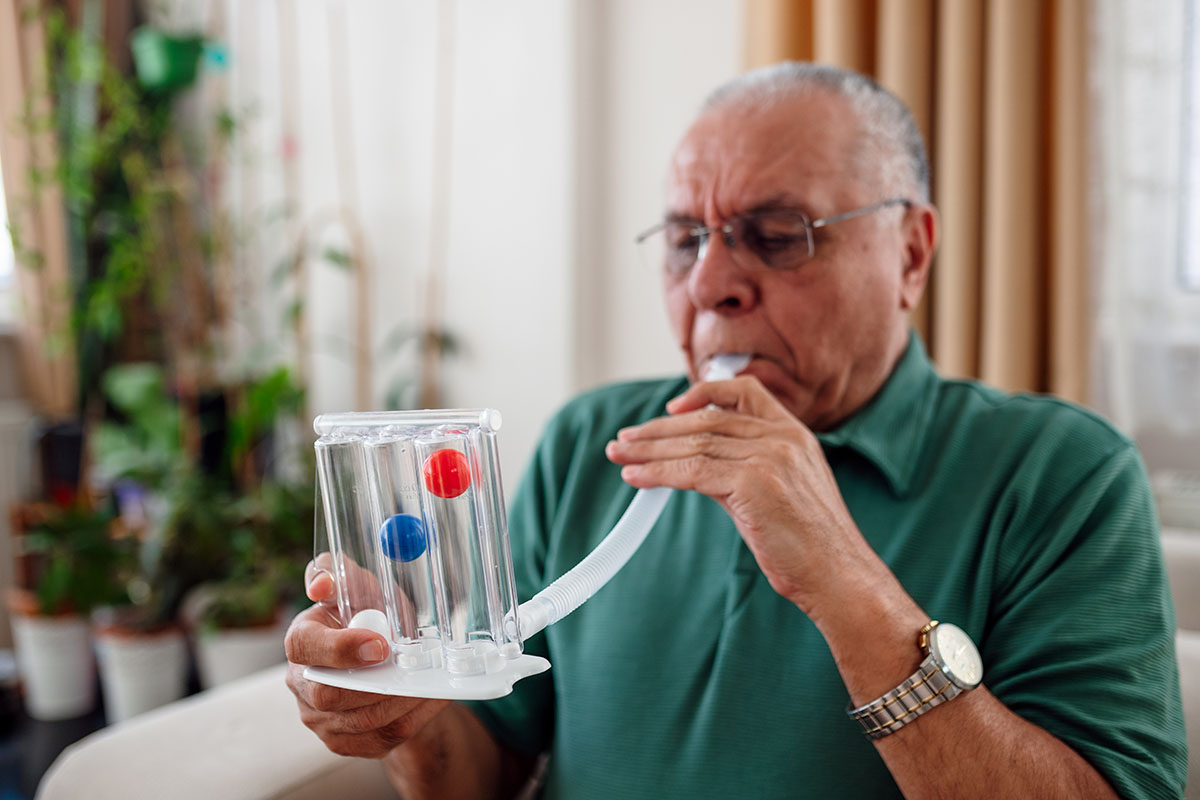Understanding Portable Oxygen Concentrators: A Comprehensive Guide
Portable oxygen concentrators (POCs) are medical devices that filter ambient air to deliver concentrated oxygen to individuals with respiratory conditions. These compact, battery-operated devices have revolutionized oxygen therapy by offering mobility and independence to users who require supplemental oxygen. Unlike traditional oxygen tanks, POCs create their own oxygen supply through a specialized filtration process, making them an essential tool for maintaining active lifestyles while managing respiratory needs.

How Portable Oxygen Concentrators Support Better Breathing
Portable oxygen concentrators work by drawing in ambient air and removing nitrogen through a molecular sieve, delivering concentrated oxygen to users through a nasal cannula or mask. This process helps maintain proper blood oxygen levels, reducing breathlessness and fatigue. Users often experience improved energy levels, better sleep quality, and enhanced cognitive function due to adequate oxygen supply to vital organs.
Benefits of Using a Portable Oxygen Concentrator for Travel
Travel becomes more accessible with portable oxygen concentrators, as these FAA-approved devices allow users to maintain their oxygen therapy while flying. Their compact design enables easy transportation through airports, hotels, and various destinations. Unlike oxygen tanks, POCs don’t require refilling and can operate continuously as long as power is available through batteries or electrical outlets.
Key Features to Consider in a Portable Oxygen Concentrator
When selecting a portable oxygen concentrator, several crucial features warrant consideration. These include battery life, oxygen flow settings, weight, and noise level. Modern POCs typically offer both continuous and pulse flow options, with battery durations ranging from 2-8 hours. Size and weight variations accommodate different lifestyle needs, while advanced models include features like bluetooth connectivity and smartphone apps for monitoring device performance.
Maintenance and Cleaning Requirements for Oxygen Concentrators
Regular maintenance ensures optimal performance and longevity of portable oxygen concentrators. Essential care includes weekly cleaning of intake filters, wiping external surfaces with mild soap solution, and replacing disposable filters according to manufacturer guidelines. Professional servicing is recommended annually to check internal components and ensure proper functioning.
Common Portable Oxygen Concentrator Models and Features
| Model Name | Weight (lbs) | Battery Life | Flow Type | Estimated Price Range |
|---|---|---|---|---|
| Inogen One G5 | 4.7 | Up to 6.5 hrs | Pulse | $2,800 - $3,300 |
| Philips SimplyGo | 10 | Up to 3 hrs | Continuous/Pulse | $2,400 - $3,000 |
| ResMed Mobi | 5.5 | Up to 4 hrs | Pulse | $2,300 - $2,800 |
| Precision Medical EasyPulse | 4.9 | Up to 4.5 hrs | Pulse | $2,000 - $2,500 |
Prices, rates, or cost estimates mentioned in this article are based on the latest available information but may change over time. Independent research is advised before making financial decisions.
Portable oxygen concentrators represent a significant advancement in oxygen therapy technology, offering users the freedom to maintain active lifestyles while receiving necessary oxygen supplementation. Understanding device features, maintenance requirements, and available options helps ensure selection of an appropriate unit that meets individual needs and lifestyle requirements.
This article is for informational purposes only and should not be considered medical advice. Please consult a qualified healthcare professional for personalized guidance and treatment.




